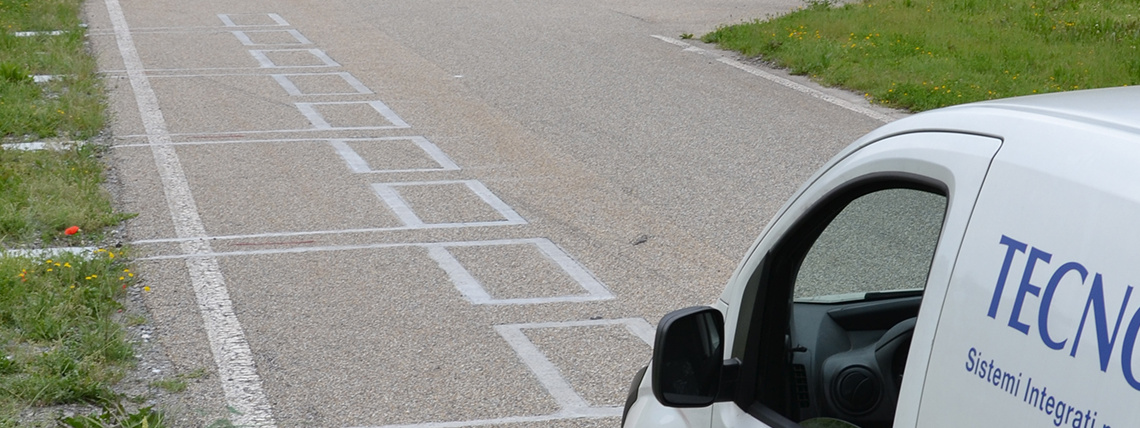The articles of the current edition are available on the new site.

One of the major limits to the dissemination of electric cars on a large scale is battery charging. Research carried out in recent years has led to a sharp increase in performance, bringing the range of an electric car up to several hundred kilometres. On the other hand, battery charging still requires quite a long time during which the vehicle must be stationary and connected to the charging station. No problem, therefore, for city use of the vehicle with charging at night, but the situation becomes critical when planning longer trips. The need to stop several times during the journey would make definitely make it inconvenient with the constant risk of not having enough energy to reach the set destination.
A prototype made by the Politecnico di Torino, the POLITO Charge While Driving, aims to solve this problem with a completely innovative charging system: cars could charge while travelling on motorways equipped with specific systems allowing wireless battery charging while the vehicle is in motion. There would therefore be no need for long and frequent stops and you would arrive at destination with batteries even more charged than when you left, ready for use on secondary roads, therefore, where the system is not installed.
A system that would therefore in perspective even reduce battery volume and capacity given a sufficient network of roads and motorways equipped with it. This system, developed by the electrical engineering group of the Department of Energy of the Politecnico di Torino, coordinated by Professor Paolo Guglielmi and by Professor Fabio Freschi and comprising the young researchers Vincenzo Cirimele, Michela Diana, Riccardo Ruffo, Alessandro La Ganga and Mojtaba Khalilian, is about to be tested on a test track in Susa (TO) at the Guida Sicura MotorOasi Piemonte centre, as part of a research initiative promoted by the University along with 24 international partners of the European FABRIC (Feasibility analysis and development of on-road charging solutions for future electric vehicles) project.
The prototype is based on a technology called Inductive Power Transfer (IPT) that is attracting the attention of many automotive companies, with the development of several prototypes worldwide. These systems work thanks to the inductive transmission of electricity through the use of resonating inductors, which operate thanks to a principle very similar to that which allows us to cook on induction hobs. This technology therefore does not require any electrical contact, introducing numerous advantages in terms of safety and ease of use, with considerably reduced maintenance requirements, but above all eliminating external installations such as charging columns, which are often prone to accidents or vandalism. A step further compared to these systems has been made by the prototype installed in Susa, which does not require that charging takes place on a stationary vehicle during stops or, for a prolonged period, during parking: in this case, we are speaking of dynamic IPT, i.e. use of the same technology during movement of the vehicle. The basic unit of an IPT system for automotive applications consists of a fixed coil, placed underneath the road surface, called transmitter, and a coil installed on the vehicle called receiver.
At the Susa track, 50 transmitting coils have been installed, which will send the energy to a receiver installed on a light commercial vehicle.
In the short term, the dissemination of dynamic IPT would completely eliminate the need for charging stops and significantly reduce the capacity of the batteries installed on board the vehicle. In applications on fixed routes, such as in public transport, the use of dynamic IPT could lead to the almost total elimination of batteries, whose presence would be solely for backup purposes. The development of these systems therefore represents a stimulating challenge for electrical engineering and could be a decisive turning point for the dissemination and development of mobility based on alternative sources to fossil fuels.